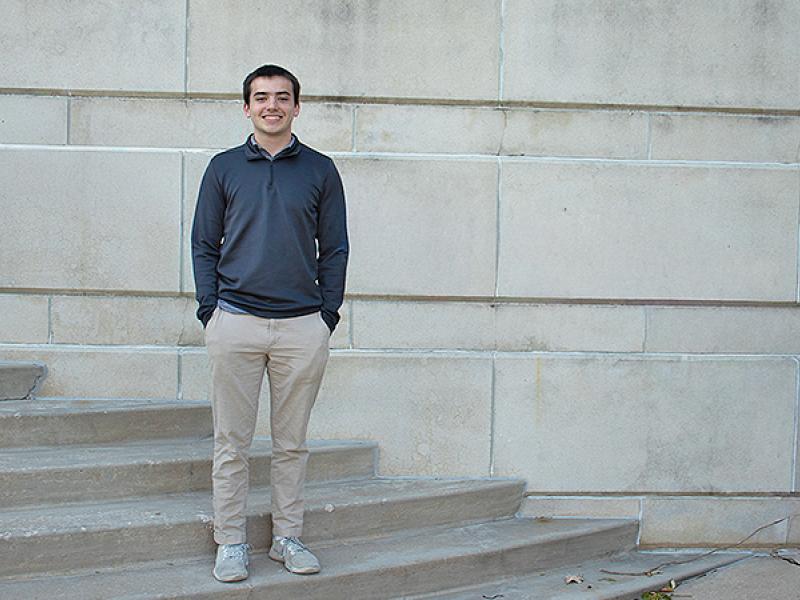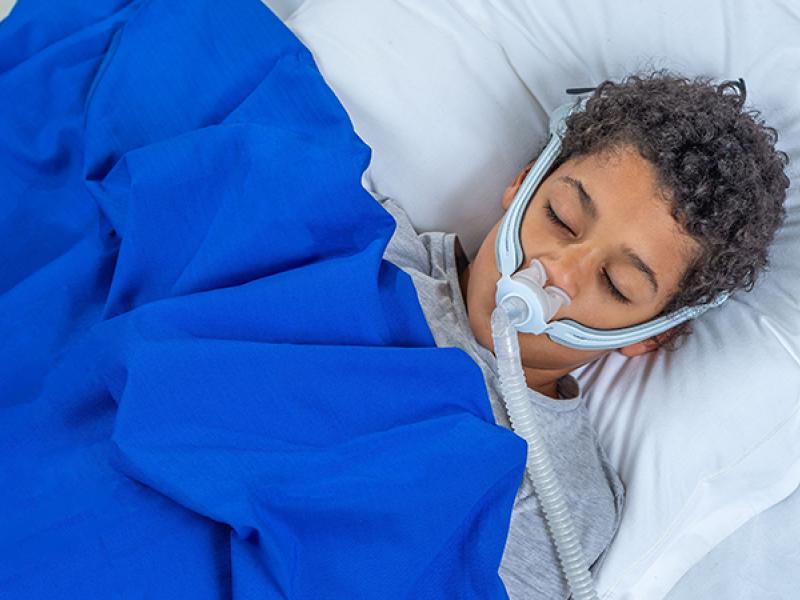The Center for Medical Epidemiology and Population Health (CMEPH) has conducted health and medical data collection, data analysis, and survey interviews for over 25 years, throughout Missouri and nationwide across the US, in partnership with Federal, State, Local, Hospital, Clinical, Health System, Health Plan and Foundation partners.
Study: Evaluation of the Missouri Public Health Infra-structure Grant (PHIG) Program
Date(s): 2023–2027
Client (& Program Source, if applicable): Missouri Department of Health and Senior Services (Centers for Disease Control and Prevention (CDC))
Selected Project Activities: Design and implementation of a five-year comprehensive evaluation of an expected $300+ million investment in public health infrastructure of Missouri, with focus on local public health agencies.
Study: Behavioral Risk Factor Surveillance System (BRFSS)
Date(s): 2023–present
Client (& Program Source, if applicable): Idaho Department of Health and Welfare (CDC)
Selected Project Activities: Monthly data collection, reporting, and submission to state and CDC for a state-based system of health surveys that collects information on health status, health-related risk behaviors, chronic health conditions, health care access, and use of preventative services from adult residents 18 years of age and older.
Study: County Behavioral Risk Factor Survey (county-level BRFSS survey)
Date(s): 2023
Client (& Program Source, if applicable): Kent County Michigan Department of Health
Selected Project Activities: Sample design, data collection, data submission, and analysis and reporting for a County-based system of health surveys that collects information on health risk behaviors, preventative health practices, and health care access primarily related to chronic disease and injury in Kent County, Michigan.
Study: County-level Study (CLS)# 5
Date(s): 2022–2023
Client (& Program Source, if applicable): Missouri Department of Health and Senior Services
Selected Project Activities: Survey, questionnaire (including COVID-related questions), and sample design, data collection and reporting, and analysis. The CLS is the largest health surveillance project conducted in the State of Missouri, with over 50,000 Missouri residents 18 years of age and over being surveyed at the county level.
Study: Health Informatics in Diabetes Research Regional Resource Core (HIDR)
Date(s): 2021–2026
Client (& Program Source, if applicable): National Institutes of Health, National Institute of Diabetes and Digestive and Kidney Diseases (NIDDK)
Selected Project Activities: The primary goal of the Health Informatics in HIDR is to advance the development and application of health informatics focused on translating interventions to reach populations at risk for diabetes disparities. HIDR has provided health informatics support for a wider scientific community of Washington University Center for Diabetes Translation Research (WU-CDTR) investigators focused on improving diabetes translation research through the technology and information environment.
Study: Evaluations of ShowMeVax and Data Improvement
Date(s): 2021–2022
Client (& Program Source, if applicable): Missouri Department of Health and Senior Services
Selected Project Activities: Assess and describe key components of the ShowMeVax (SMV) program from a public health surveillance perspective (Surveillance assessment will answer questions related to data modernization areas (e.g., data transference, editing, storage, backup, and dissemination), attributes of performance (e.g., timeliness, sensitivity, specificity, acceptance), plan and implement actions to address identified SMV system problems.
Study: Project Firstline Learning Needs Assessment for Infection Prevention and Control (IPC)
Date(s): 2021
Client (& Program Source, if applicable): Missouri Department of Health and Senior Services (CDC)
Selected Project Activities: Designed and implemented a survey of prior IPC training and training needs and preferences of health care workers in Missouri (hospitals, clinics, long-term healthcare (HC) facilities, and local public health agencies (LPHAs)). Study results were used to apply infection control principles and practices across the state to protect HC workers, their facilities, and their communities from infectious disease threats (e.g., COVID-19).
Study: St. Louis County COVID Study
Date(s): 2020–2021
Client (& Program Source, if applicable): Washington University in St. Louis, MO (St. Louis Co. Department of Public Health)
Selected Project Activities: Population-based project to detect COVID-19 levels and assess the willingness of the population to get COVID-19 testing and receive vaccination. Components included questionnaire and sampling development; random-digit-dialed data collection; respondent recruitment and coordination and facilitation of COVID-19 testing and participant transportation as needed.
Study: County Drivers of Health Study
Date(s): 2017
Client (& Program Source, if applicable): Institute for Health Metrics and Evaluation, University of Washington (Robert Wood Johnson Foundation)
Selected Project Activities: A national telephone (cellphone & landline) survey conducted in 23 counties spread over 18 states and the District of Columbia in 4 U.S. time zones to determine which county and environmental issues are driving the overall health of county residents. Life expectancies had been falling in many counties and previous research had failed to provide an explanation of differences in longevity between counties.
Study: Key Informants Survey
Date(s): 2017
Client (& Program Source, if applicable): Institute for Health Metrics and Evaluation, University of Washington (Robert Wood Johnson Foundation)
Selected Project Activities: National survey conducted with community stakeholders from 14 counties; this was a companion study to the County Drivers of Health Study.
Study: County-level Study (CLS)#4
Date(s): 2016–2017
Client (& Program Source, if applicable): Missouri Department of Health and Senior Services (Missouri Foundation for Health)
Selected Project Activities: Survey, questionnaire, and sample design, data collection and reporting, and analysis. The CLS is the largest health surveillance project conducted in the State of Missouri, with over 50,000 Missouri residents 18 years of age and over being surveyed at the county level.
Study: Enhanced Meaningful Usage of Electronic Health Records (EHRs) in Missouri Local Public Health Agencies (LPHAs)
Date(s): 2015
Client (& Program Source, if applicable): Missouri Department of Health and Senior Services (CDC)
Selected Project Activities: Design and implementation of an assessment of the 115 Missouri local public health agencies regarding their use of EHRs for surveillance, reporting, data tracking, and preventive activities and the status of EHR implementation. Follow-up included creating a workshop where assessment findings were presented and discussed with LPHAs.
Study: Pregnancy Risk Assessment Monitoring System (PRAMS)
Date(s): 2014–present
Client (& Program Source, if applicable): Iowa Department of Public Health (CDC)
Selected Project Activities: Data collection (in English and Spanish) from a sample of Iowa women who gave birth to a live infant in the last year and reporting to CDC. PRAMS data will assist Iowa in finding out why some babies are born healthy and others are not; includes both English- and Spanish-speaking respondents.
Study: Pregnancy Risk Assessment Monitoring System (PRAMS)
Date(s): 2013-present
Client (& Program Source, if applicable): Delaware Department of Health and Social Services (CDC)
Selected Project Activities: Data collection (in English and Spanish) from a sample of Delaware women who gave birth to a live infant in the last year and reporting to CDC. PRAMS data will assist Delaware in finding out why some babies are born healthy and others are not; includes both English- and Spanish-speaking respondents.
Study: County-level Study (CLS) #3
Date(s): 2011–2012
Client (& Program Source, if applicable): Missouri Department of Health and Senior Services (Missouri Foundation for Health)
Selected Project Activities: Survey, questionnaire, and sample design, data collection and reporting, and analysis. The CLS is the largest health surveillance project conducted in the State of Missouri, with over 50,000 Missouri residents 18 years of age and over being surveyed at the county level.
Study: Pregnancy Risk Assessment Monitoring System (PRAMS)
Date(s): 2008-present
Client (& Program Source, if applicable): Missouri Department of Health and Senior Services (CDC)
Selected Project Activities: Data collection from a sample of Missouri women who gave birth to a live infant in the last year and reporting to CDC. PRAMS data will assist Missouri in finding out why some babies are born healthy and others are not; includes only English-speaking respondents.
Study: County-level Study (CLS )#2
Date(s): 2007–2008
Client (& Program Source, if applicable): Missouri Department of Health and Senior Services (Missouri Foundation for Health)
Selected Project Activities: Survey, questionnaire, and sample design, data collection and reporting, and analysis. The CLS is the largest health surveillance project conducted in the State of Missouri, with over 42,000 Missouri residents 18 years of age and over being surveyed at the county level.
Study: Neighborhood Effects on Quality of Life (QoL) in Breast Cancer
Date(s): 2005–2010
Client (& Program Source, if applicable): Missouri Cancer Registry & Washington University School of Medicine, St. Louis, MO (National Cancer Institute)
Selected Project Activities: Study, questionnaire, and sample design; data collection and submission; analysis and reporting. Matched cohort (women with cancer and women without cancer) study researching neighborhood effects on QoL for women post-cancer diagnosis
Study: County-level Study (CLS) #1
Date(s): 2002–2003
Client (& Program Source, if applicable): Missouri Department of Health and Senior Services
Selected Project Activities: Survey, questionnaire, and sample design, data collection and reporting, and analysis. The CLS is the largest health surveillance project conducted in the State of Missouri; c. 15,000 Missouri residents 18 years of age and over were surveyed at the county level in the first such study.
Study: Smoking Cessation among Black Americans
Date(s): 2000–2002
Client (& Program Source, if applicable): Washington University in St. Louis (National Institutes of Health)
Selected Project Activities: Survey, questionnaire, and sample design, CATI data collection. Case control intervention study (cases in inner city St. Louis, controls in neighborhoods in Kansas City matched on race and income); residents 18 years of age and over interviewed in 2000; residents of same neighborhoods interviewed again in 2002
Study: Behavioral Risk Factor Surveillance System (BRFSS)
Date(s): 1999-present
Client (& Program Source, if applicable): Missouri Department of Health and Senior Services (CDC)
Selected Project Activities: Monthly data collection, reporting, and submission to state and CDC for a state-based system of health surveys that collects information on health status, health-related risk behaviors, chronic health conditions, health care access, and use of preventative services from adult residents 18 years of age and older; since mid-2000, annual questionnaires have also included COVID-related questions.





